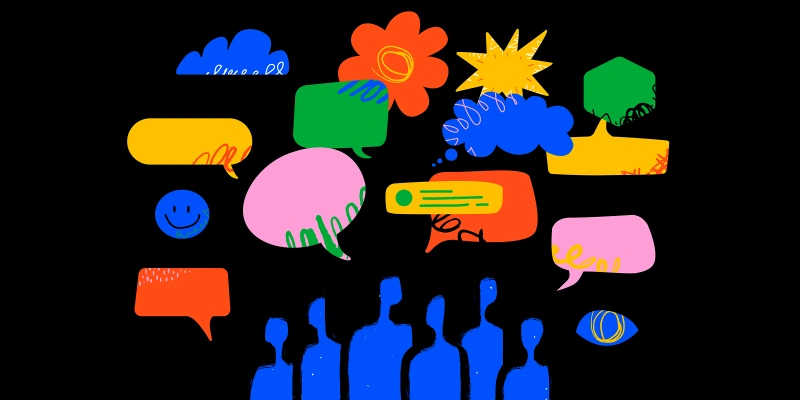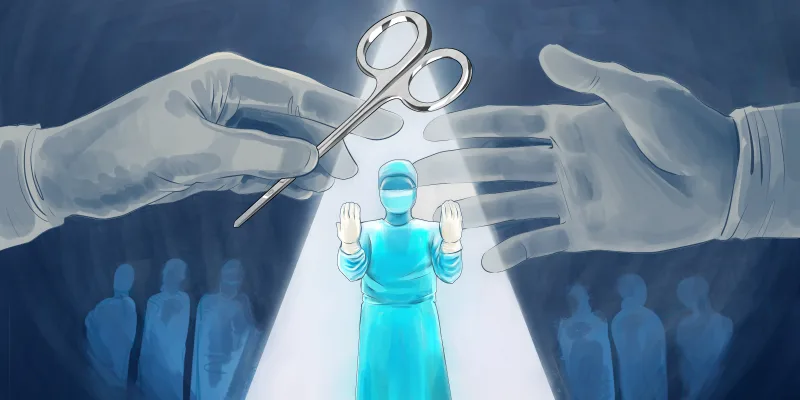
Physician burnout is an epidemic in America. Last year, more than 50% of doctors reported feelings of fatigue, burnout, and depression according to a survey by Medscape. Although stress has become a common part of corporate American culture, it is much worse in the medical field and the effects are far more damaging. In addition to a frightening increase in medical error and a heightened malpractice risk, medical burnout is also incredibly expensive. JAMA estimates a hospital with 450 doctors loses $5,625,000 per year due to high burnout and turnover of doctors. This leads to increased healthcare costs which can be calamitous for patients.
Happiness is not a primary focus for many physicians, but it is an increasingly important factor in the healthcare industry. Did you know doctors who engage in nonverbal communication not only get higher patient approval ratings, the patients’ compliance with medical advice also increases? Research shows that simple facial gestures can have a dramatic effect on patient care. A doctor can have the correct diagnosis and an effective treatment plan, but if the patient doesn’t feel good about their doctor or trust them, they will ignore recommended advice and their plan will fail.
As a physician for almost 19 years, I have seen this in myself and my practice. When my staff and I express our concern and authentically listen to patients, it dramatically improves the patient and team experience. The patient tells us more information and they are far more willing to apply our expert advice.
Of course, nonverbal communication alone is not going to save you from burnout and will not make your patients healthy. Expert communication is, however the foundation of the physician/patient relationship. It promotes empathy and trust, one part of emotional literacy — something they do not teach us in medical school.
On average, doctors are not what you would call overly emotional. We can’t be! We are scientists who are taught to be dispassionate and make unemotional decisions about critical matters. We make life-altering decisions every day. Keeping emotion at bay allows doctors to be encyclopedic technicians and repositories of knowledge. Yet this same emotional neutrality can impede communication and diminish emotional literacy.
Though we strive to be scientists, we often forget to apply scientific principles to our communication skills: observing and measuring nonverbal communication and emotional cues in our patients, colleagues, and selves.
In order to deliver quality care to patients, it is paramount for doctors to understand how to communicate, how to read and measure nonverbal cues, and how to manage emotions…yet this is not part of the current medical curriculum. We are currently working to change this at University of South Florida Morsani College of Medicine. In the past, medical training was about disease and treating illness, but now a different kind of training is taking place in many medical centers. The future of medicine is behavior modification through effective communication. Physicians who are able to communicate on a higher level will influence patients to adopt healthy behaviors and phase out unhealthy behaviors are the leaders of tomorrow.
How Emotional Literacy Training Can Help
Innovative new training sessions should be implemented in all medical facilities. Doctors will learn to: Identify and measure their emotions/empathy/kindness/happiness; Modify the emotions/empathy/kindness/happiness in themselves and others; and diagnose and treat troublesome behavior patterns in patients and healthcare teams before they spiral out of control.
These efforts are enhancing patient care and improving the quality of life of healthcare providers. Metrics are measurable, intuitive, and real-time. By knowing how to read cues in patient behavior, clinicians are able to better diagnose and treat patients. In addition, patients are more proactive and trusting when they feel connected on an emotional level to a doctor. This can greatly impact a treatment plan and improve the quality of care.
The impact of facial and behavioral expression on medical care has proven to be instrumental in stopping the burnout epidemic.
Nonverbal communication assessments and training programs meet today’s changing needs. Much in the way pain is measured with a scale from 1–10, you can score nonverbal indicators like body language, movement, and facial gestures. These nonverbal indicators have been an extremely effective tool to understand a patient’s needs.
Health comes from healthy behaviors, healthy communication, and healthy emotions. Doctors who understand this will be the leaders of tomorrow and we will be able to transform the healthcare system so it is efficient and effective.
Wall Street Journal best-selling author Dr. Richard Castellano, (known as The Smile Dr.) is an experienced facial rejuvenation artist, innovator and trainer. He is also the founder and medical director of ImageLift® and has a new book, “The Smile Prescription,” which explores the art of emotional literacy, facial expression, and innovative communication strategies.







